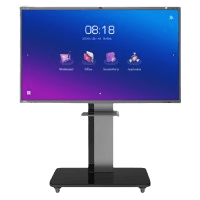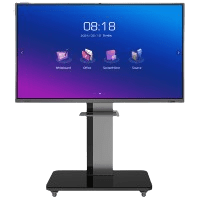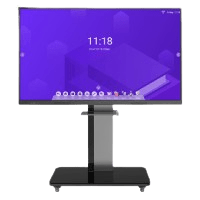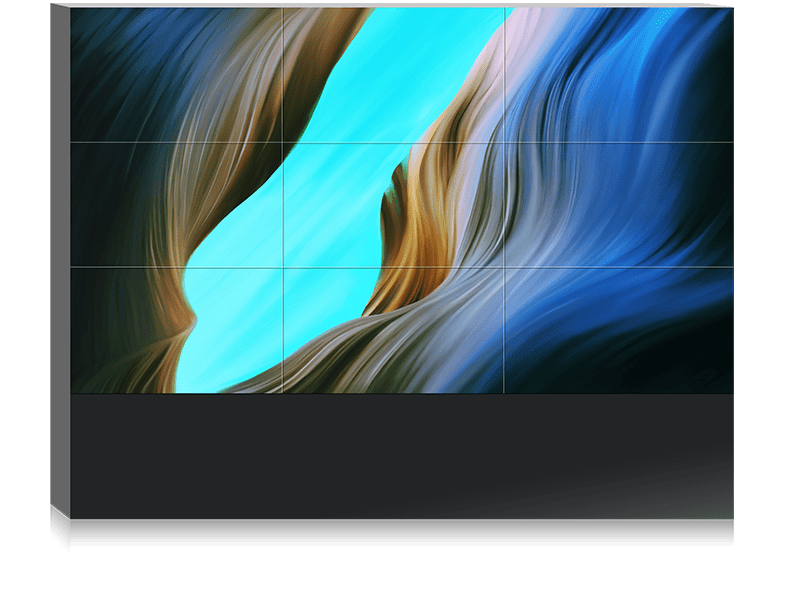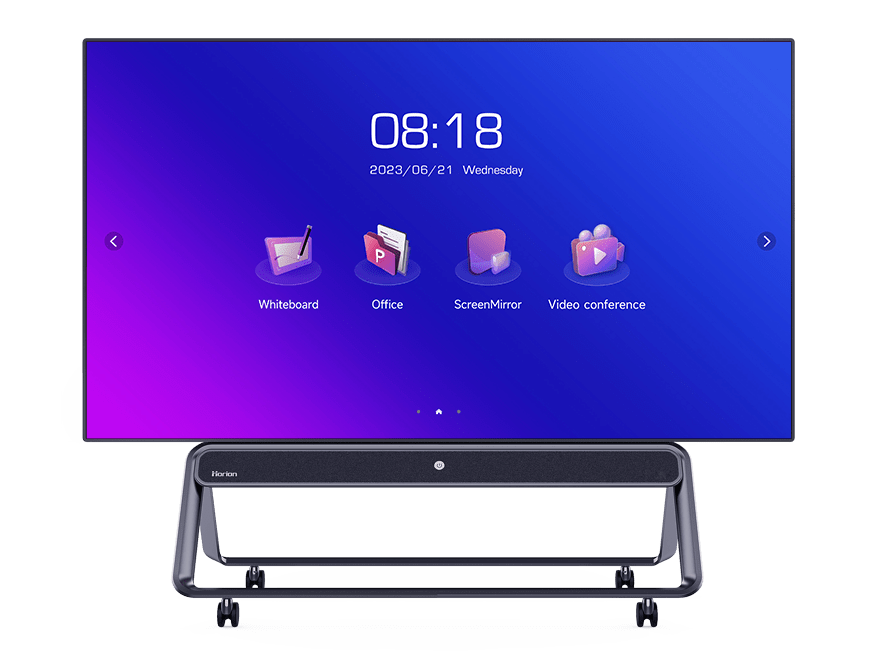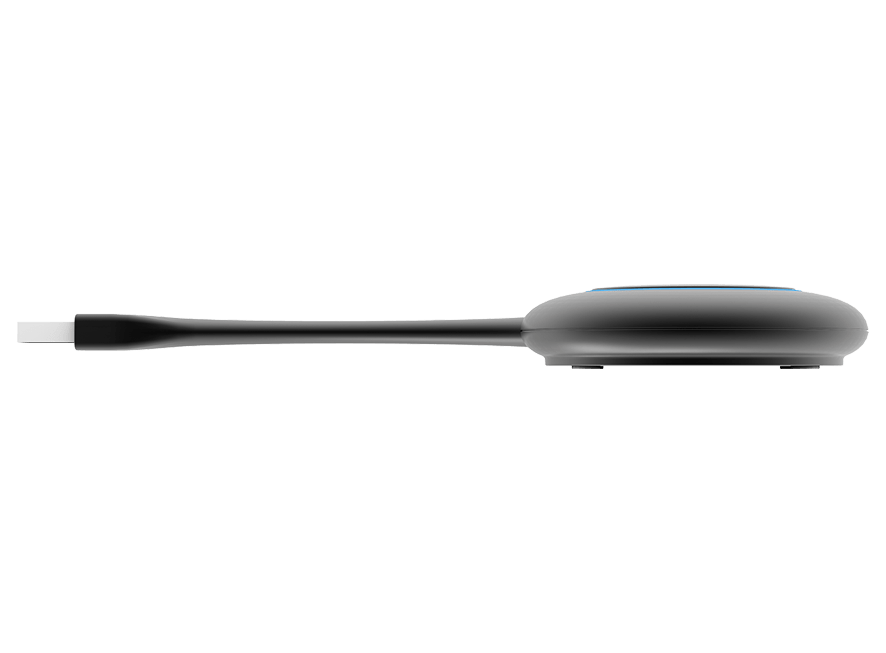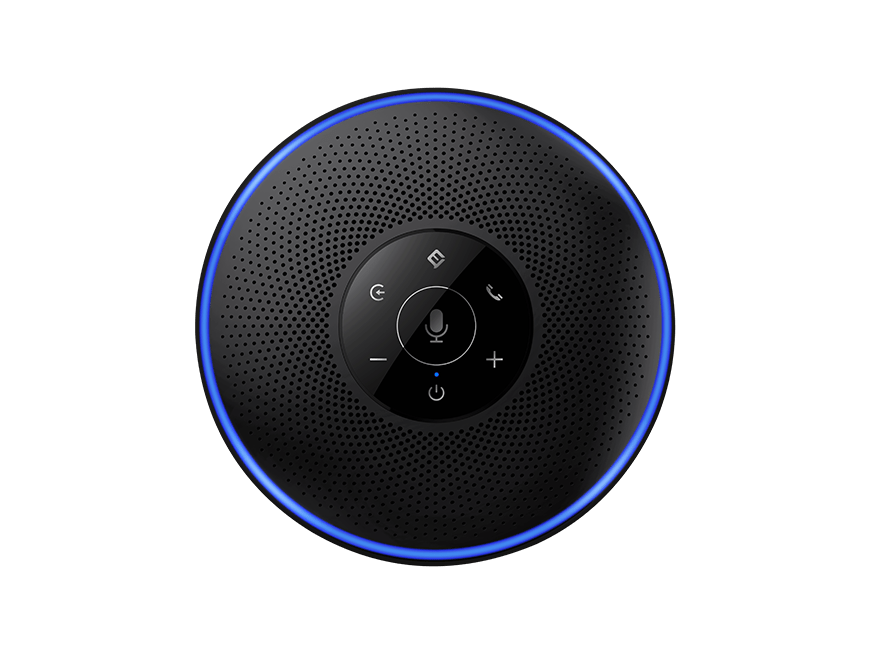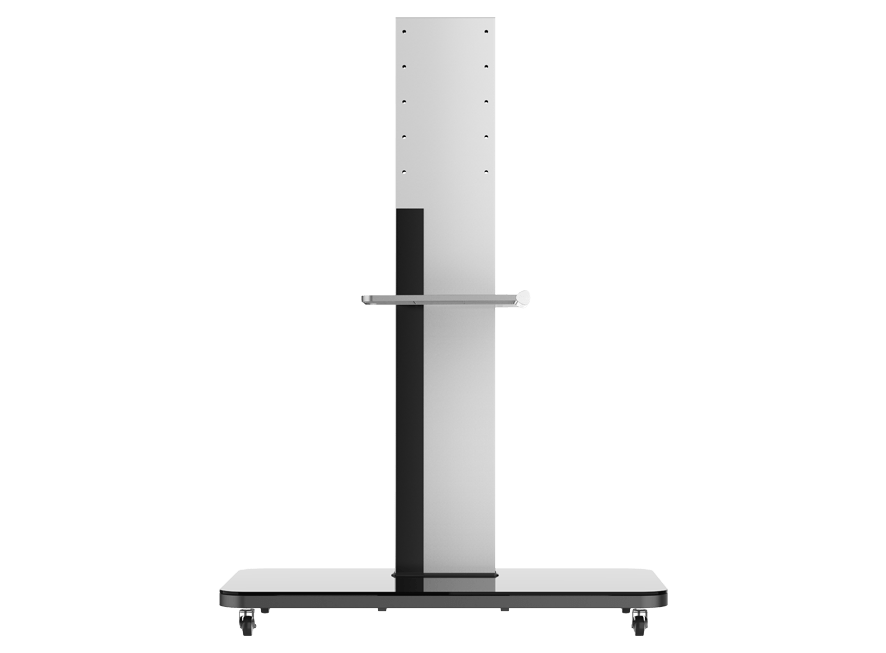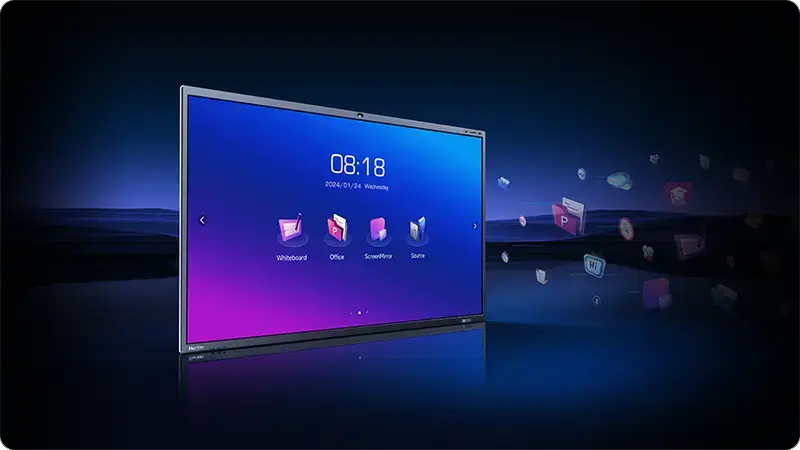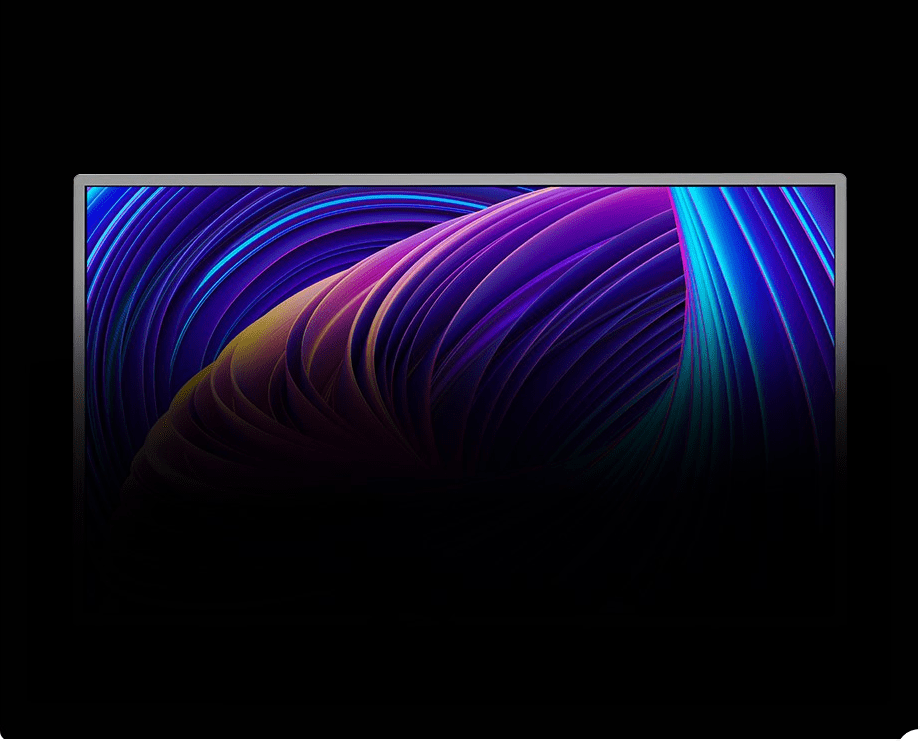
- Enhances Collaboration Across Departments
- Improves Public Engagement and Transparency
- Optimizes Internal Training and Onboarding
- Boosts Meeting Efficiency
- Supports Smart City Planning and Visualization
- Reduces Paper Usage and Promotes Sustainability
- Increases Accessibility and Inclusivity
- Future-Proofs Government Infrastructure
As the UAE accelerates its digital transformation initiatives, government entities are adopting smart technologies to enhance operational efficiency and public service delivery. One of the most impactful tools in this journey is interactive displays for government UAE offices.
These high-tech displays are no longer limited to corporate boardrooms or classrooms—they are becoming essential tools in public administration as well.
Whether it’s for planning meetings, public consultations, or internal training sessions, interactive displays are reshaping how government departments function.
Here are eight compelling reasons why UAE government offices should invest in this technology.

Enhances Collaboration Across Departments
In a multi-agency environment like the government, seamless collaboration is crucial. Interactive displays for government UAE offices foster better teamwork through real-time editing, annotation, and idea sharing.
Staff from various departments can simultaneously work on the same screen—whether they’re in the same room or remote—ensuring faster decision-making and greater transparency.
To further strengthen this ecosystem, many displays are now integrated with secure collaboration tools, ensuring that shared data and documents remain protected during interdepartmental exchanges.
Improves Public Engagement and Transparency
Public engagement is a core value of UAE’s Vision 2031. Interactive displays allow government offices to conduct community meetings, presentations, and feedback sessions in a more engaging and visually appealing way.
Citizens can see live data, maps, proposals, and even offer input on touch-enabled displays, making the government more accessible and participative.
This aligns with the principles of digital governance solutions, which emphasize citizen-centric communication and transparency through modern technology.
Optimizes Internal Training and Onboarding
Training new employees or introducing new systems to staff can be time-consuming and ineffective without the right tools.
Interactive displays for government UAE offices support dynamic training environments, allowing trainers to present content interactively, conduct quizzes, and demonstrate workflows with touch-enabled precision.
Used alongside secure collaboration tools, trainers can share sensitive materials in a controlled digital environment, safeguarding institutional knowledge.
Boosts Meeting Efficiency
Traditional government meetings can often run long due to presentation delays, outdated tools, or technical difficulties. Interactive displays allow presenters to switch between documents, maps, statistics, and videos seamlessly.
Features like digital whiteboarding, wireless screen sharing, and cloud access help keep meetings organized and efficient.
Supports Smart City Planning and Visualization
The UAE is a global leader in smart city development. Interactive displays are particularly useful for planning and visualizing urban projects.
Government departments can use these displays to view 3D models, real-time traffic simulations, or GIS maps, making discussions around infrastructure and urban policy far more productive and data-driven.
Such functionality is critical in delivering effective digital governance solutions, ensuring better planning outcomes with citizen needs in mind.
Reduces Paper Usage and Promotes Sustainability
Sustainability is a key pillar of UAE’s national strategy. Interactive displays for government UAE offices help reduce reliance on printed documents, handouts, and paper-based reports. Everything from meeting agendas to project plans can be presented and shared digitally.
At Horion, we’re people-focused. We believe that technology is most powerful when it connects us and channels our collective potential. We’re not just selling displays; we’re investing in your future. (CTA)
Increases Accessibility and Inclusivity
Modern interactive displays often come with accessibility features like screen magnification, voice control, and language translation. This ensures that employees and citizens with diverse needs and backgrounds can fully participate in discussions and access public information with ease.
Future-Proofs Government Infrastructure
Technology is evolving rapidly, and future-ready infrastructure is essential for long-term efficiency. Investing in interactive displays for government UAE offices ensures that departments are equipped for hybrid work models, remote collaboration, and AI-integrated planning tools.
Most interactive displays are modular and upgradeable, making them a smart long-term investment.
Pairing these displays with secure collaboration tools enables departments to work seamlessly across locations, securely sharing information while maintaining compliance with data protection policies.
Real-World Applications in the UAE Government
Many UAE ministries and municipal offices have already begun incorporating interactive display technology into their operations. For example:
Dubai Municipality
They use interactive maps for city planning reviews.
Ministry of Education
They utilize smart boards for teacher training programs.
Transport authorities
They visualize traffic models and smart road designs using large interactive displays.
Civic centers
They use them to provide self-service information to residents in both Arabic and English.
FAQs
What are interactive displays used for in government offices?
They’re used for meetings, training, data visualization, collaborative planning, and real-time communication across departments.
Why should UAE government offices consider investing in them?
They streamline workflows, support digital transformation goals, and align with the UAE’s smart government initiatives.
Are interactive displays secure for sensitive government data?
Yes. Many come with enterprise-grade encryption, secure logins, and remote access controls to ensure data privacy.
Can they replace traditional whiteboards and projectors?
Yes. They offer touchscreen interaction, digital note-saving, wireless sharing, and integration with other systems—making them far more versatile.
Do interactive displays support hybrid meetings?
Absolutely. They integrate with video conferencing platforms, allowing seamless collaboration between in-office and remote participants.
Are these displays compatible with government software systems?
Yes. Leading models support Windows, Android, and custom apps, ensuring smooth integration with existing systems.
Is there a long-term cost advantage?
Yes. They reduce paper use, minimize IT maintenance, and eliminate the need for multiple standalone devices.
Can they improve staff productivity?
They simplify presentations, make data easier to understand, and foster more efficient decision-making during meetings.
Are they easy to maintain?
Most models are low-maintenance with durable screens, OTA updates, and centralized device management features.
Do UAE government offices already use them?
Yes. Many smart government departments and public sector offices have begun integrating them into daily operations.
Conclusion
From improving public engagement to reducing paper usage and modernizing training, the benefits of interactive displays for government UAE offices are far-reaching.
As the UAE continues to lead in digital innovation, equipping government departments with smart collaboration tools is not just an upgrade—it’s a strategic necessity.
When integrated with digital governance solutions and secure collaboration tools, interactive displays become more than just visual aids—they transform into central pillars of transparent, efficient, and citizen-friendly government services.
Investing in interactive display technology today ensures that your office remains agile, efficient, and future-ready.


